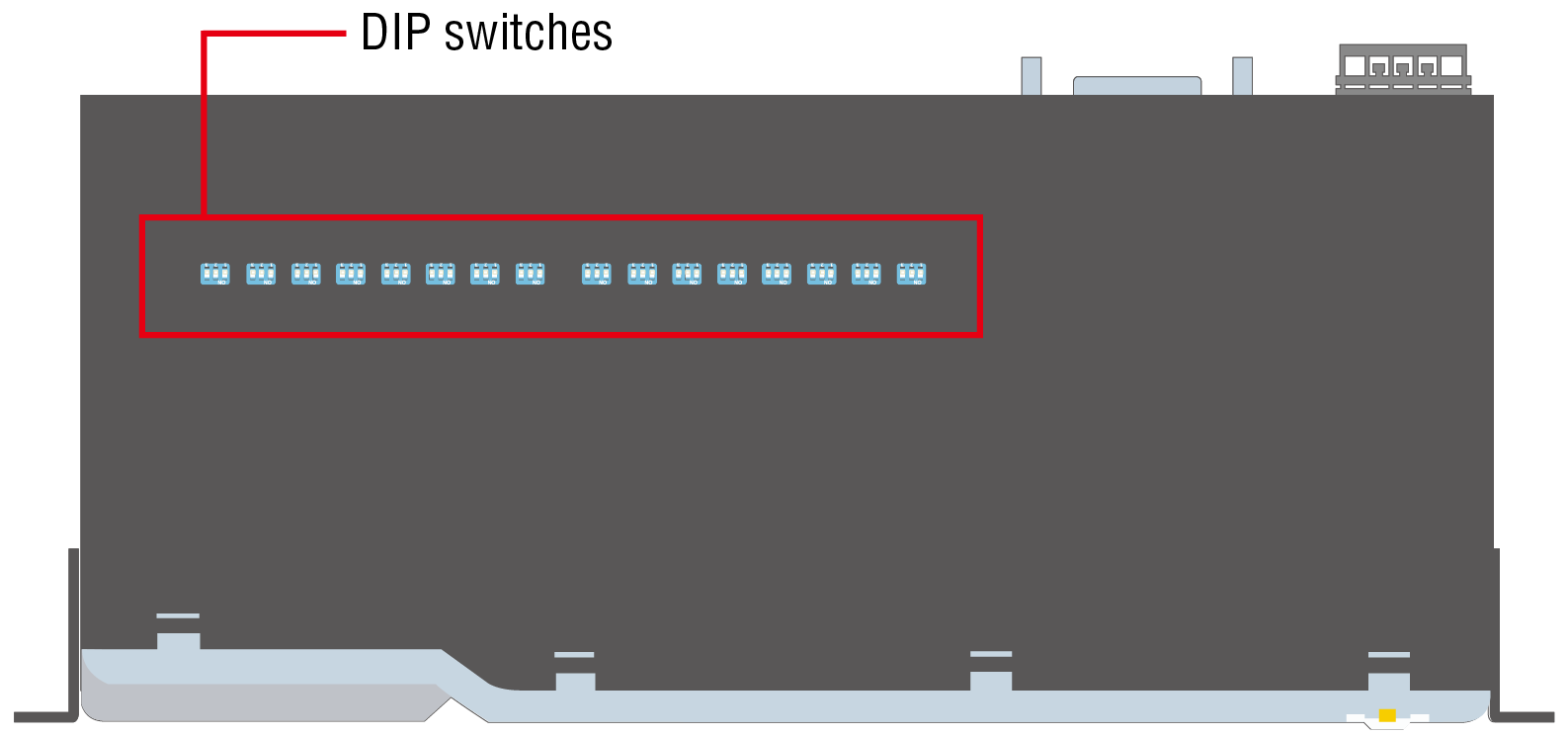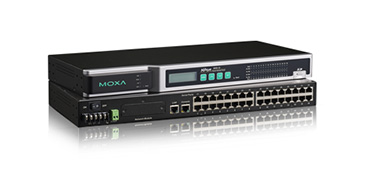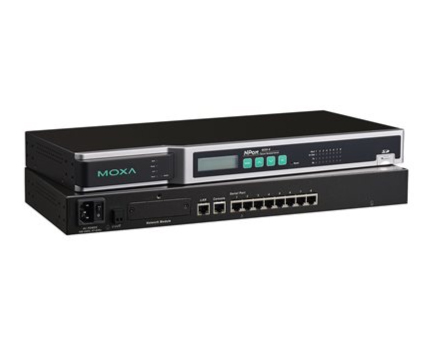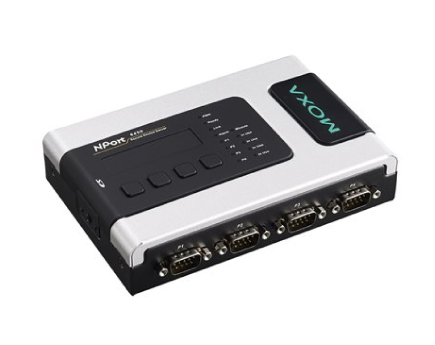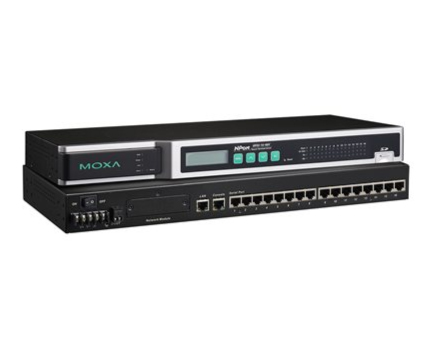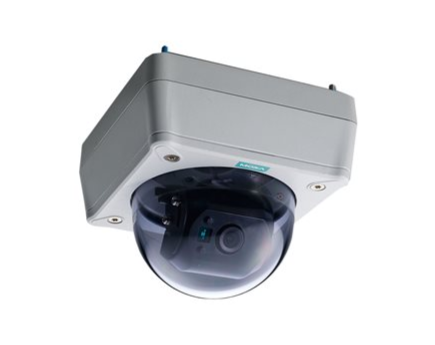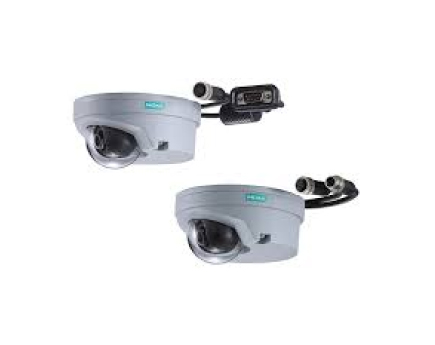Description
Introduction
The NPort® 6000 is a terminal server that uses the SSL and SSH protocols to transmit encrypted serial data over Ethernet. Up to 32 serial devices of any type can be connected to the NPort® 6000, using the same IP address. The Ethernet port can be configured for a normal or secure TCP/IP connection. The NPort® 6000 secure device servers are the right choice for applications that use large numbers of serial devices packed into a small space. Security breaches are intolerable and the NPort® 6000 Series ensures data transmission integrity with support for DES, 3DES, and AES encryption algorithms. Serial devices of any type can be connected to the NPort® 6000, and each serial port on the NPort® 6000 can be configured independently for RS-232, RS-422, or RS-485 transmission.
No Data Loss If Ethernet Connection Fails
The NPort® 6000 is a reliable device server that provides users with secure serial-to-Ethernet data transmission and a customer-oriented hardware design. If the Ethernet connection fails, the NPort® 6000 will queue all serial data in its internal 64 KB port buffer. When the Ethernet connection is re-established, the NPort® 6000 will immediately release all data in the buffer in the order that it was received. Users can increase the port buffer size by installing an SD card.
LCD Panel Makes Configuration Easy
The NPort® 6600 has a built-in LCD panel for configuration. The panel displays the server name, serial number, and IP address, and any of the device server’s configuration parameters, such as IP address, netmask, and gateway address, can be updated easily and quickly.
Note: The LCD panel is only available with standard-temperature models.

Adjustable Resistor Values for RS-485 Communication
The NPort® 6600 provides adjustable termination, pull high, and pull low resistors for RS-485 communication. In some critical environments, termination resistors may be needed to prevent the reflection of serial signals, and the pull high and pull low resistors may need adjusting to maintain the integrity of the electrical signal. Since no set of resistor values works for every environment, the NPort® 6600 allows manual adjustment of the resistor values for each serial port using built-in DIP switches.
